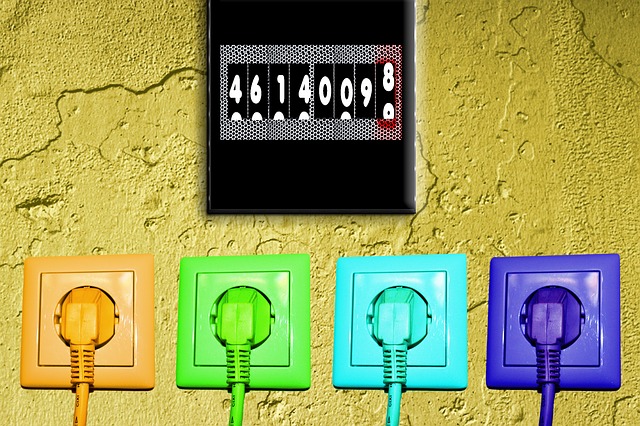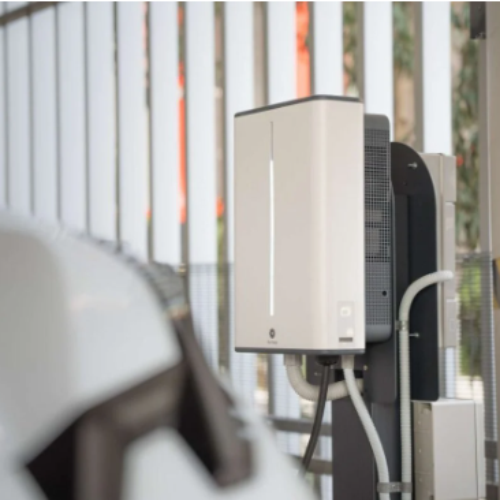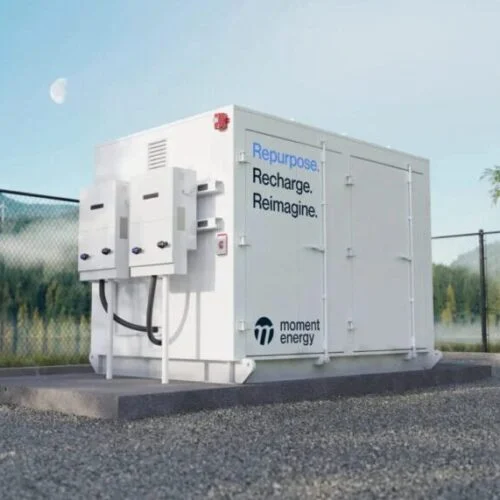The Energy Efficiency Market Report 2014 by the International Energy Agency (IEA) found that energy efficiency will become the “world’s first fuel” and energy efficiency finance is establishing its own market outright.
The IEA estimated that in 2012 between US$310-360 billion was invested in energy efficiency markets worldwide – larger than investments in supplies of renewable energy, coal, oil and gas. Although the report found investment is uneven across countries and sectors.
The IEA said innovative products and new standards are ensuring market stability, and reducing risks, creating a confident market.
The “invisible” energy efficiency market is “working behind the scenes to improve our energy security, lower our energy bills and move us closer to reaching our climate goals,” said IEA executive director, Maria van der Hoeven, launching the IEA’s report at the Verona Efficiency Summit in Italy.
“Energy efficiency represents an alternative fuel,” said van der Hoeven.
The amount of energy needed to produce a unit of GDP, or “energy productivity” is being improved by investments in energy efficiency, the annual IEA report says.
The IEA evaluated 18 countries, finding that energy consumption reduced 5%, or the equivalent of 1,732 million tonnes of oil, in between the decade of 2001-2011, resulting from energy efficiency investments.
“These savings are significant,” said van der Hoeven; the energy saving is larger than the combined 2012 energy demand of the US, and Germany. The IEA “witnessed the speed that the efficiency markets have been moving,” added van der Hoeven.
The IEA found that energy efficiency investments and policies over the last four decades avoided more energy consumption, than the total consumption of the EU in 2011.
The IEA noted the loss in energy demand from energy efficiency measures, as developing countries add to global energy demands.
The IEA also found there are vast opportunities in select emerging economies for efficient vehicles and transport infrastructure improvement, with US$190 billion in transport fuel costs to be saved globally by 2020, also alleviating air pollution and traffic congestion.
“Energy efficiency is moving from a niche interest to an established market segment with increasing interest from institutional lenders and investors,” said van der Hoeven. “As energy efficiency is essential to meeting our climate goals while supporting economic growth, the increasing use of finance is a welcome development. To fully expand this market, initiatives to continue to reduce barriers will need to strengthen.”
The IEA found that green bonds, corporate green bonds, energy performance contracts, private commitments, carbon and climate finance, and multilateral development banks and bilateral banks have vastly expanded and improved energy efficiency finance recently. To continue to advance, van der Hoeven suggested standardising loans for the efficiency market.
The IEA found in its scenario, in keeping with targets to keep within a 2 degrees Celsius warming global warming limit, the biggest share of emissions reductions – 40% – will come from energy efficiency.
“A decarbonised energy system providing opportunity and prospects for growth, including for the world’s developing countries and their people, will not be achieved without energy efficiency. This report and the IEA’s continued work on efficiency are more steps towards understanding and unlocking its huge potential for the sake of us all,” said van der Hoeven.






